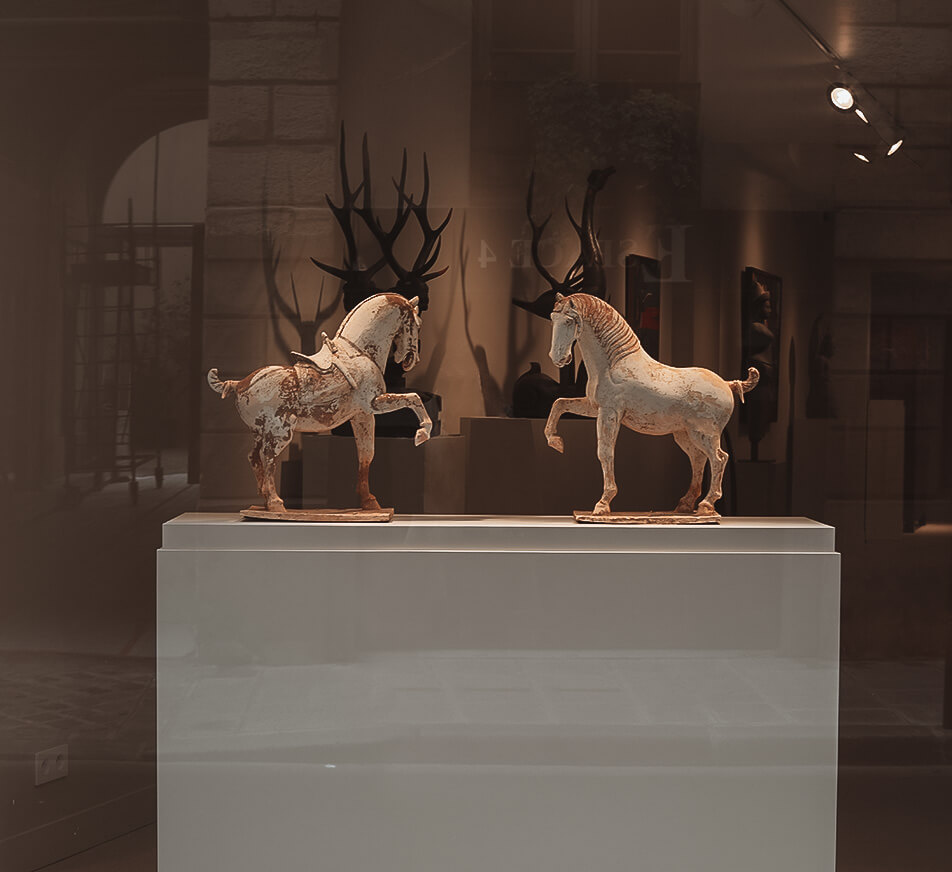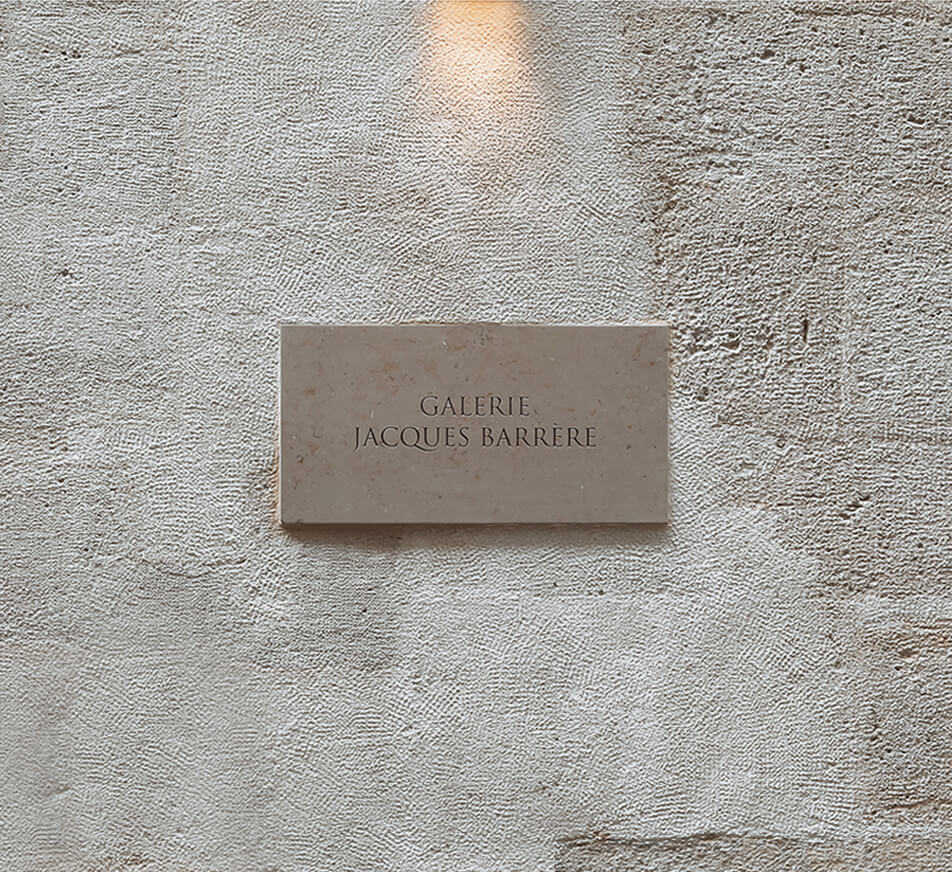
From here, a number of Asian artworks had been included in major museums around the world.
Musee Guimet and the Cernuschi museum (Paris, France), the Shanghai museum (China), the Miho museum (Japan), Canberra National museum (Australia)
and the Louvre Abu Dhabi (United Arab Emirates), to name a few.
The story of the Barrère family can be traced back to almost a hundred years ago.
Mr. Jacques Barrère is born in Paris in 1946. At this time his family already has involvement with China, as Jacques’ grandfather,
Mr. Laden, has been importing modern Chinese ivories and jades as well as silks sine the beginning of the 20t century.
In the early 1960’s, Mrs. Germaine Barrère, the mother of Jacques, finds herself in a difficult financial situation.
Remembering that she has a few boxes of precious ivories and jades from her father; she decided to open a booth at Saint-Quen’s flea market and try to sell them.
Her business was successful and it was this very booth that Jacques Barrère would take over in 1969.


The opportunities for a young and dynamic art dealer are flourishing. Rapidly, Jacques Barrère decides to replace jades and ivories by more
noble objects: porcelain, cloisonné and most of all sculptures, for which he develops a strong passion.
At this time, the young art dealer is happy to buy according to his taste. It is during a visit at the Asian Art museum of San Francisco,
where together with his wife who is now working for him, Mrs. Marie France Barrère, that they discover an important Chinese cloisonné, sold by the couple a year prior.
It is a wake-up call and from that moment on Jacques understands the importance of carefully studying the works before they are sold.
He starts studying Chinese art history and assembles what will become one of the largest Chinese art libraries in France, containing over 5000 books.
At the beginning of the 1980’s, Jacques moves from the flea market to settle in 36 rue Mazarine, where the gallery is still located today.
Rapidly he develops a clientele of international collectors and museums. By the end of the 1980’s works of art coming from the Jacques Barrère gallery can be found
in the prestigious collections of museums around the world.
A first visit among many to come in a country they are so passionate about.
The 1990’s are marked by the beginning of major changes on the Chinese art market. The prices of Chinese antiquities that had remained rather modest,
suddenly follow the tremendous growth of the Chinese economy. Within 20 years, the prices are overtaking those of the western art market.
The period of change and opportunity witnesses brilliant successes in public auctions as well as important cultural initiatives,
while the Chinese clientele began to form the majority of collectors.
In 1993 Jacques discovers very important bronze panels that used to belong to the Dong Ding Pavilion of the Summer Palace in Bejing.
Realizing the importance of this discovery, he puts in all his effort, with the support of the national museums and the Bejing Relics Bureau,
to organize the return of the Dong Ding panels. The operation was a big success.
In 1998, Antoine Barrère joins the gallery and takes over its direction in 2008. In continuity with his father’s legacy,
he brings the fresh vision of a new generation in a globalized art market. After falling in love with Hong Kong,
Antoine decides to move to the city and in order to get closer to his Chinese clientele and decides to open a new gallery space.
In 2012 Barrère Hong Kong is opened, located on 43 Lyndhurst Terrace.

